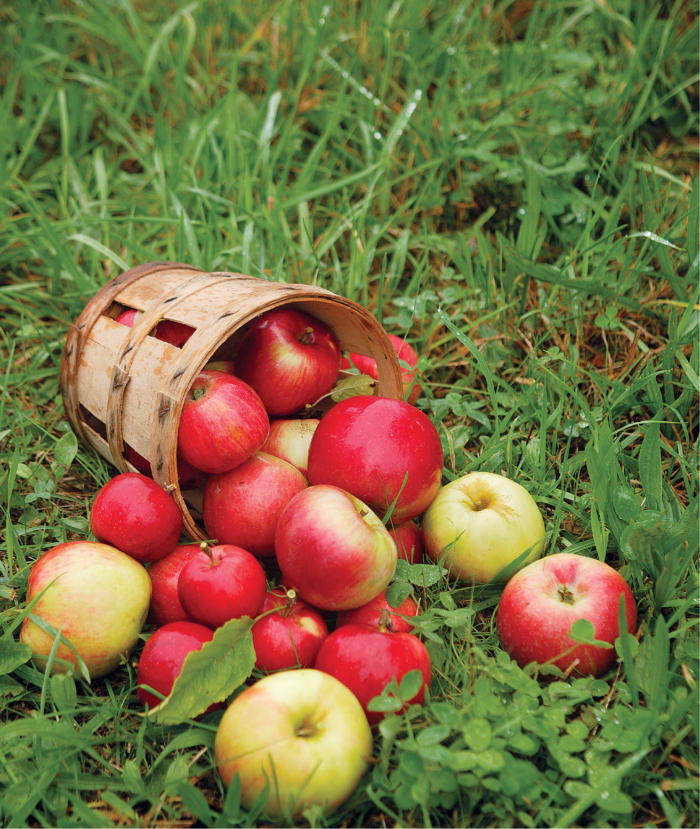
Apples (Malus spp. and cvs., USDA Hardiness Zones 3–9) are a constant presence in the supermarket, but one taste of a just-picked, perfectly ripe apple in autumn will make you eschew grocery-store apples for good and will send you running to the garden center for an apple tree for your own backyard. While growing apples in your garden isn’t hard, there are a few things you should know before you take on the commitment so that you’ll have edible apples in the end. I talked to Elmer Kidd, chief production officer at Stark Bro’s Nurseries & Orchards Co. in Louisiana, Missouri, where the company has been growing apples for 200 years, to get the scoop on what home gardeners need to know about growing this delicious crop.

Fact 1: One tree is not enough
To set fruit, the vast majority of apple trees requires a different variety grown nearby for pollination. While some apple varieties are self-pollinating, even they produce more fruit with another variety nearby. So if you want an abundance of fruit, you’ll need to buy a second apple tree when you head out to the nursery (unless your neighbor is growing apples, too). Your trees must bloom at the same time, however, to pollinate each other, so do some research before making your selections.
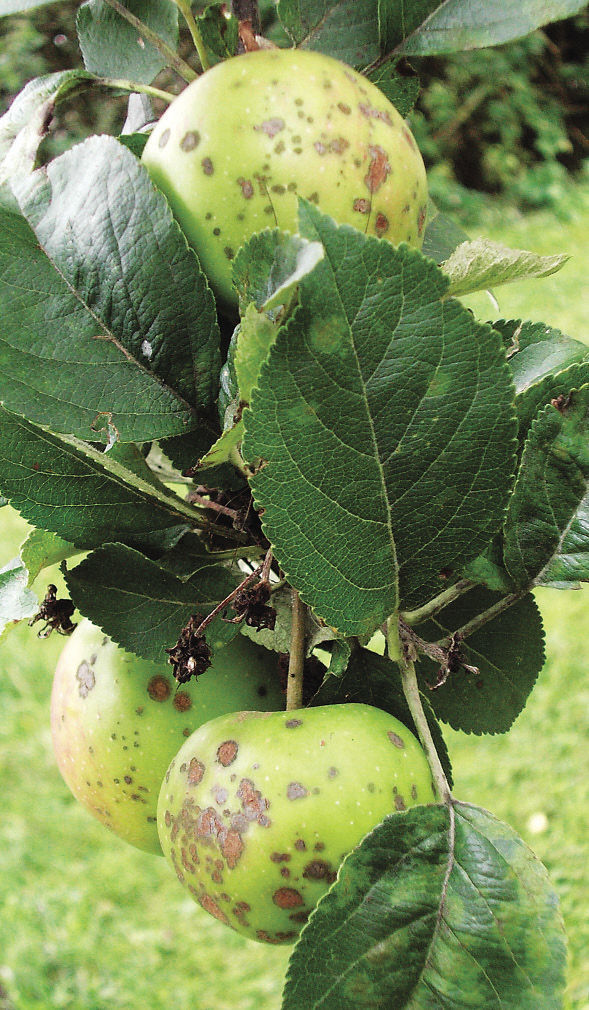
Fact 2: Spraying ups your chances for good fruit
Apple trees are prone to a host of pests and diseases. Keeping the area around a tree clean by pulling weeds to prevent nutrient competition and clearing any plant debris to reduce disease transmission go a long way toward preventing problems. In addition, Elmer recommends killing pests during the season and spraying apple trees with dormant oil every year to protect trees from overwintering pests, larvae, and eggs. Organic sprays are available, but they should be used with caution; follow the package directions to the letter.
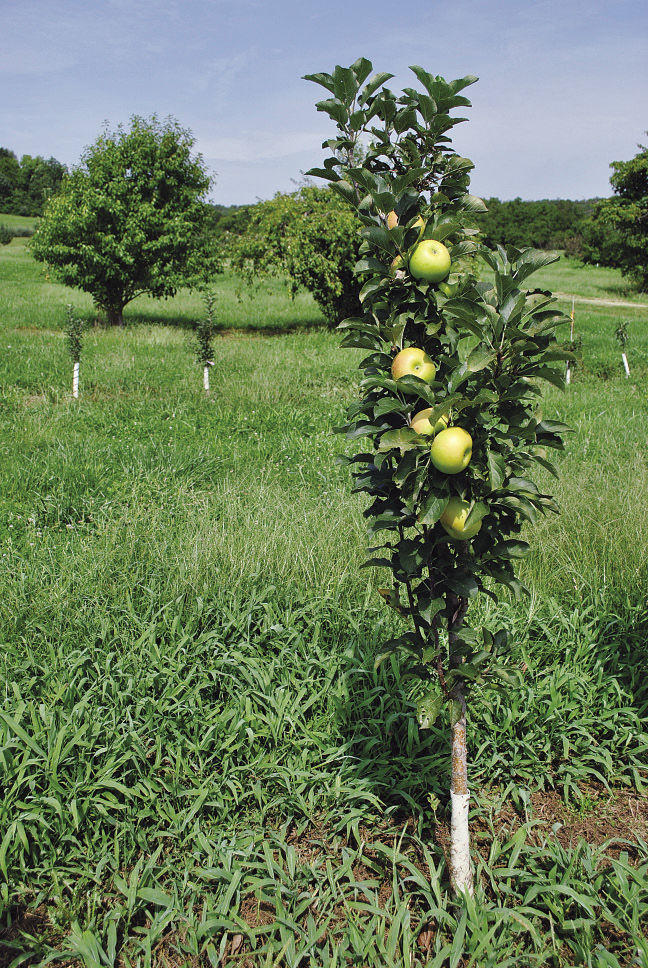
Fact 3: Dwarf, semidwarf, and columnar trees are the way to go
Gone are the days of orchards with towering apple trees. Not many of us have the kind of space in our home garden that a full-size tree requires. Plus, why struggle with a huge ladder at harvest time when you can grow a shorter, more compact, and more productive tree? Smaller trees are not only easier to care for but also, in many cases, more disease resistant. They tend to bear fruit earlier than their full-size cousins, as well.
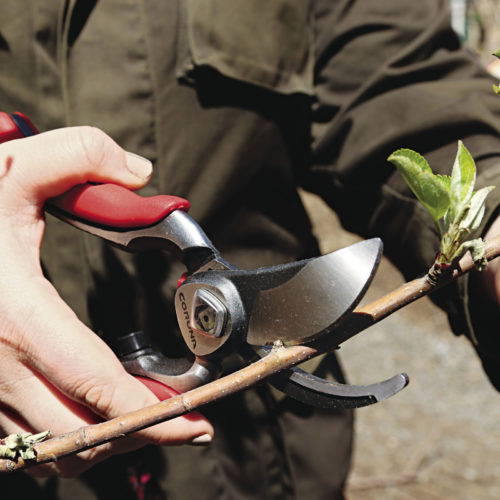 Fact 4: Regular pruning is essential
Fact 4: Regular pruning is essential

Pruning an apple tree every year is not just recommended—it’s essential. You will need to prune your apple tree—to train it to a central leader the first year and for maintenance every year after that—to stimulate fruit production and to keep the tree open and balanced. Without regular pruning, an apple tree produces lots of vegetative growth that then turns into fruiting wood. If a tree has too much fruiting wood, it begins to produce too many apples, which weakens the tree and results in inferior—and eventually fewer and less palatable—apples. The key is to achieve a healthy balance of vegetative growth and fruiting wood so that the tree has enough energy to produce healthy apples.
Fact 5: All apple trees worth growing are grafted
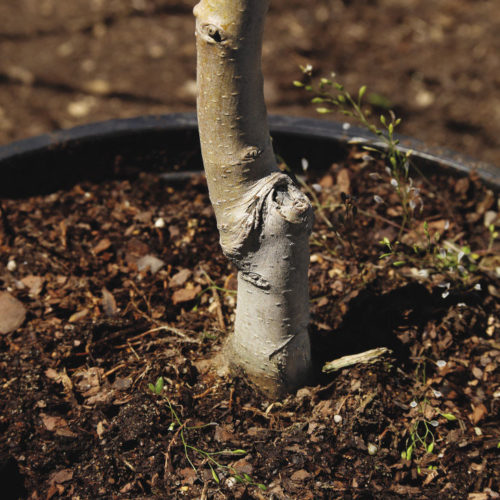
Fact 6: Spur types trump nonspur types
Spur-type apple trees (top photo, above) produce apples on short stems along their branches on two-year-old wood, while nonspur-type apple trees (bottom photo, above), otherwise known as “tip bearers,” produce apples at the tips of new branches. Spur-type trees produce up to twice the amount of apples in a year as nonspur-type trees of the same size, and their habit is usually smaller than nonspur-type trees, making them more manageable. In Elmer’s opinion, the only reason to grow a nonspur-type apple tree is if the variety that you want to grow doesn’t come in a spur-type form.
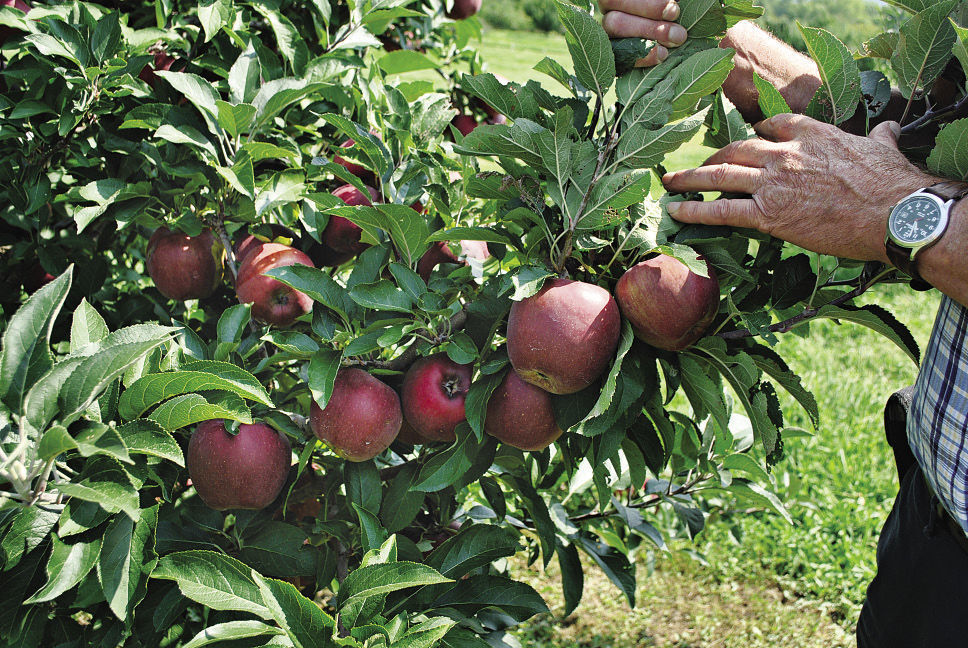 |
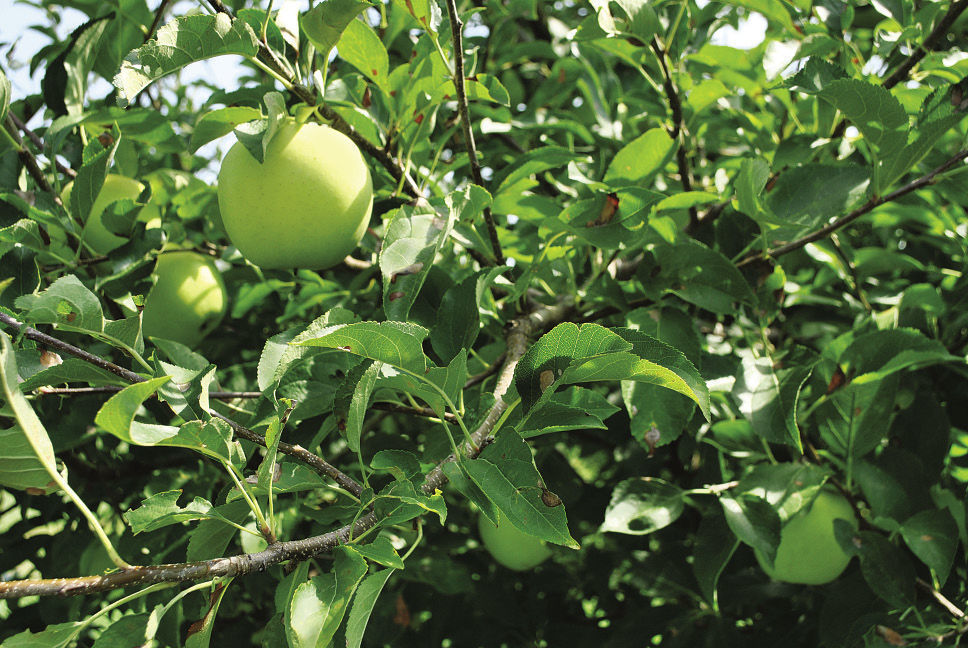 |
Basics
Which apple varieties should you grow?
In the course of his career at Stark Bro’s, Elmer Kidd has eaten a lot of apples, to say the least. Here are some of his absolute favorite varieties:
Best all-purpose
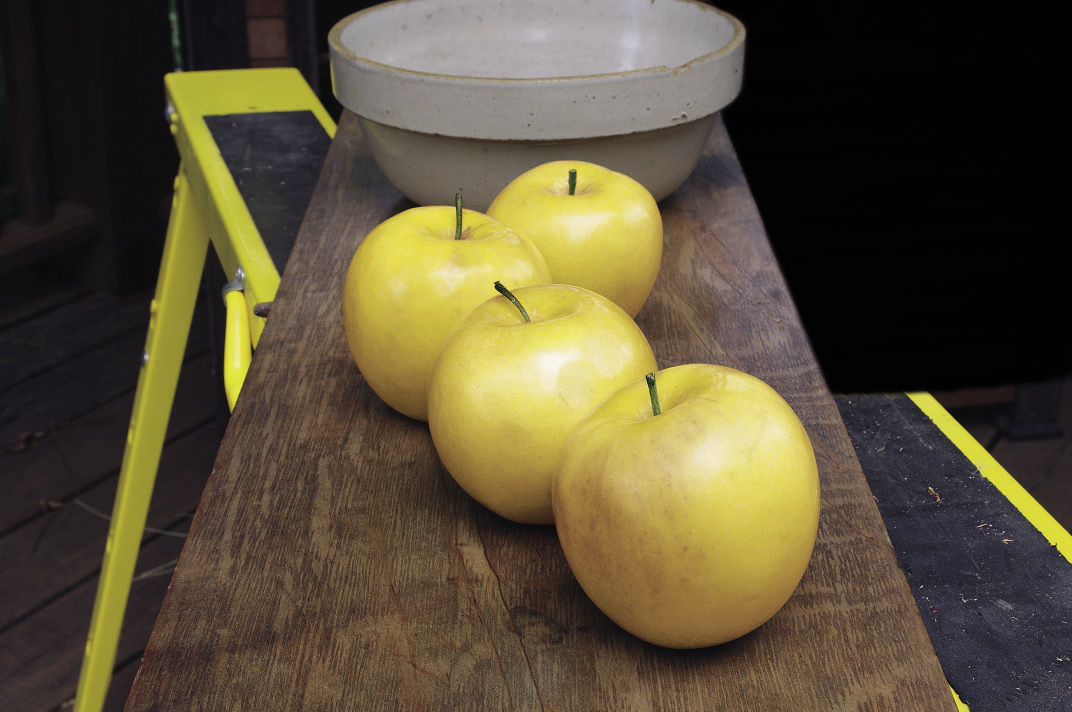
1. ‘Golden Delicious’ celebrated its 100th birthday in 2014 and is considered the gold standard of apples. This spur-type tree is a universal pollinator and is used in apple-breeding programs around the world. The sweet, juicy fruit is great for cooking and fresh eating.
Best for fresh eating
2. ‘Gala’ is a semidwarf, nonspur-type tree. The darling of the supermarket is even better homegrown.
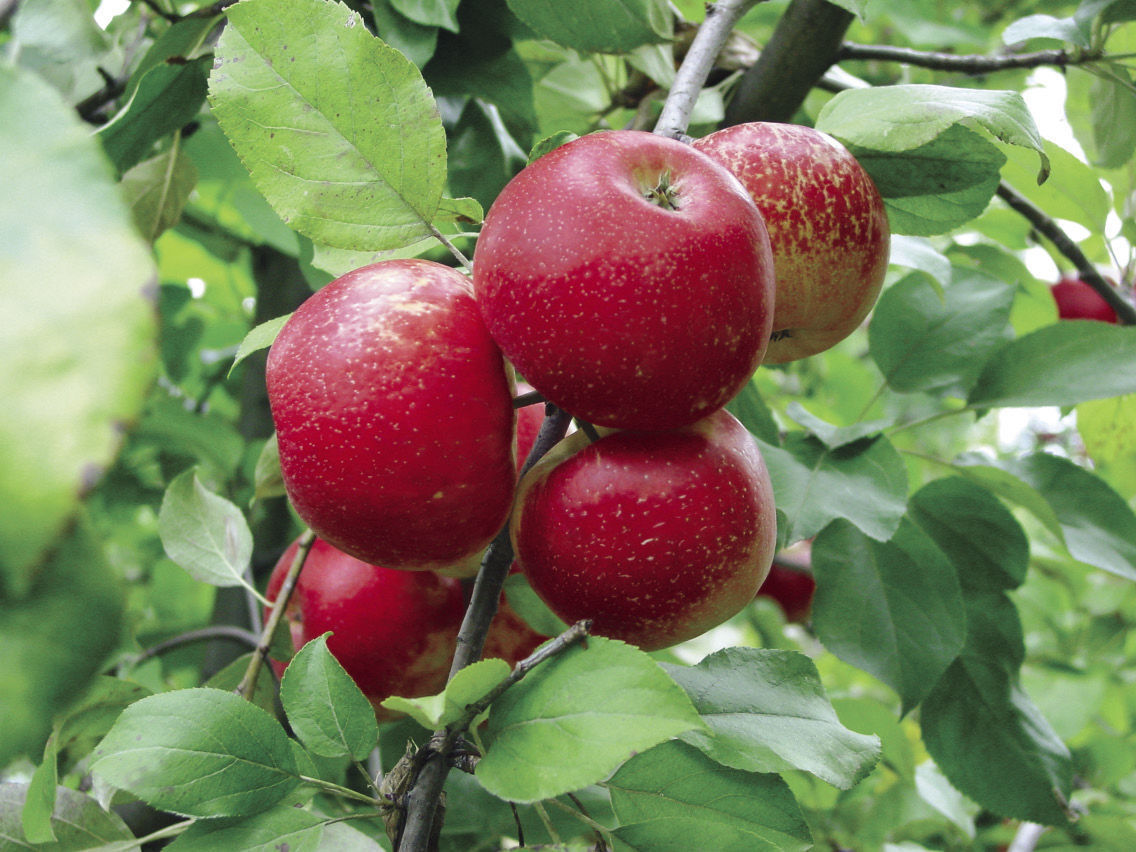
3. Honeycrisp™, a large, exceptionally sweet, spur-type apple, is quickly rising in popularity due to its wonderful flavor.
Best for cooking
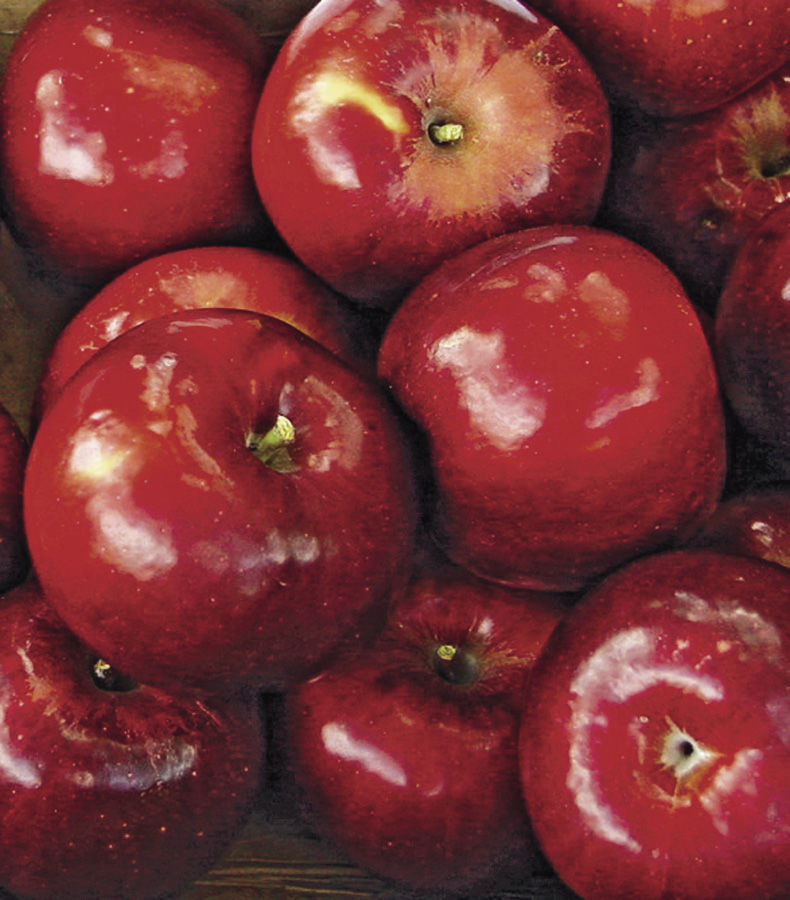
4. ‘Jonathan’ is a nonspur-type, self-pollinating tree, but it still benefits from having a pollinator tree nearby. This sweet-tart apple is perfect for pies, applesauce, and caramel apples.
5. ‘Rome Beauty’ is an early bearer, producing apples just two to three years after planting. This tart, spur-type, self-pollinating apple is a favorite to use in pies.
Best easy-care varieties
6. CrimsonCrisp™ (Malus ‘Co-op 39’) is a sweet, crisp red apple from a nonspur-type tree, which is exceptionally resistant to apple scab.
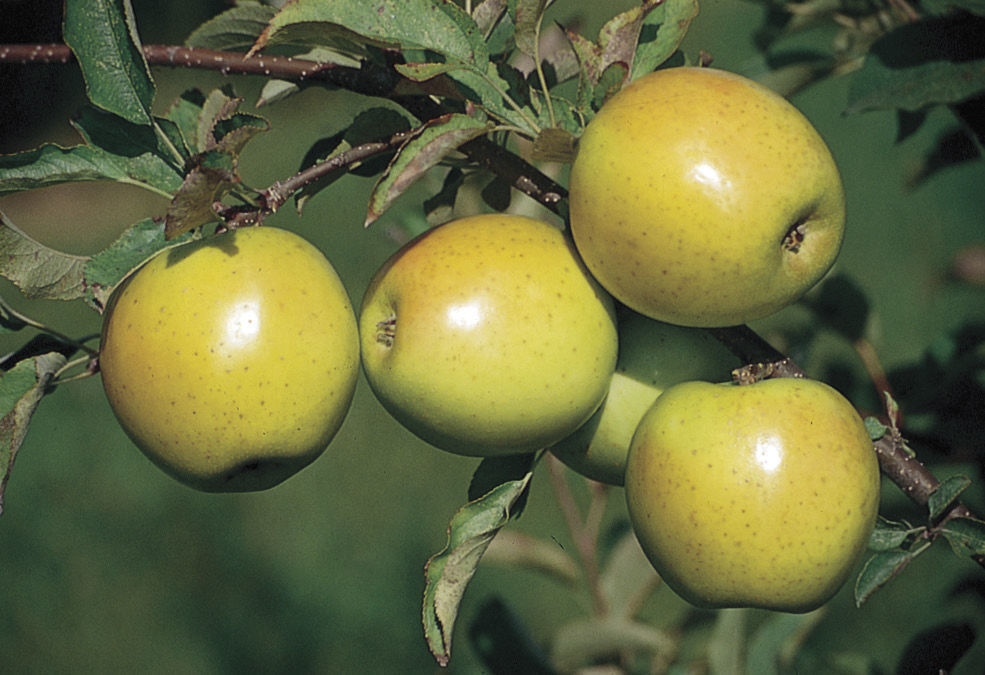
7. ‘GoldRush’ is a tart, tangy, all-purpose, spur-type apple, which is resistant to apple scab and powdery mildew.
8. A mild, nonspur-type red apple, ‘Jonafree’ is resistant to apple scab and less susceptible to mildew, rust, and blight.
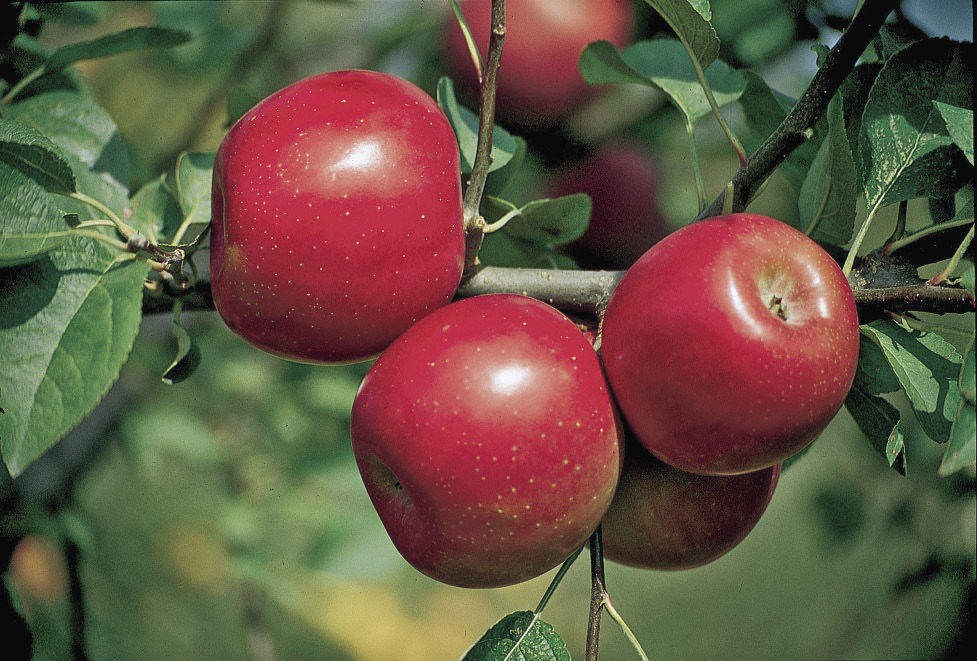
9. ‘Enterprise’ is a mild yet spicy, nonspur-type red apple is extremely resistant to apple scab, cedar apple rust, and fire blight.
Photos, except where noted: courtesy of Stark Bro’s Nurseries & Orchards Co
Michelle Gervais is a senior editor.
Fine Gardening Recommended Products

A.M. Leonard Deluxe Soil Knife & Leather Sheath Combo
Fine Gardening receives a commission for items purchased through links on this site, including Amazon Associates and other affiliate advertising programs.

VegTrug Classic Cold Frame
Fine Gardening receives a commission for items purchased through links on this site, including Amazon Associates and other affiliate advertising programs.

Corona E-Grip Trowel
Fine Gardening receives a commission for items purchased through links on this site, including Amazon Associates and other affiliate advertising programs.



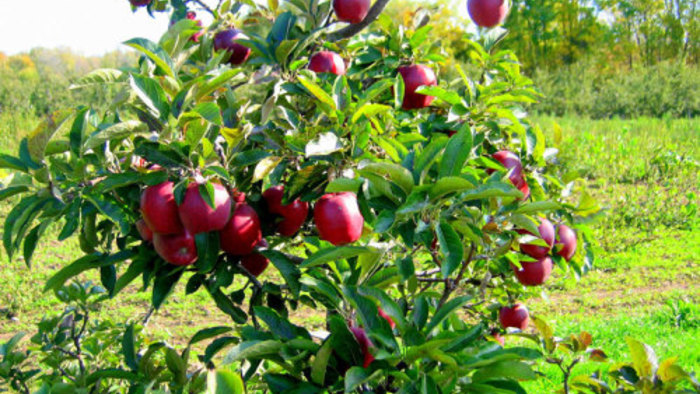

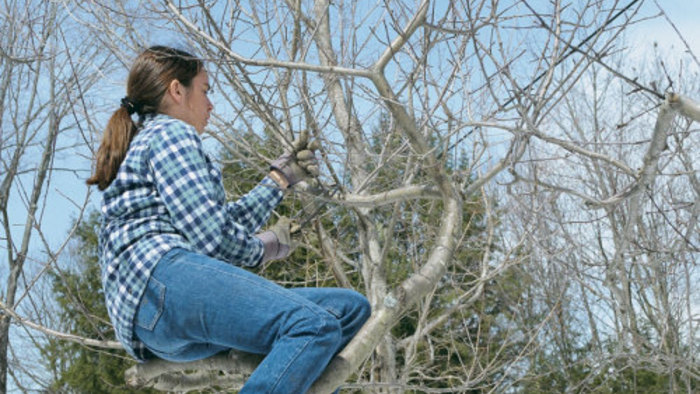













Comments
Log in or create an account to post a comment.
Sign up Log in